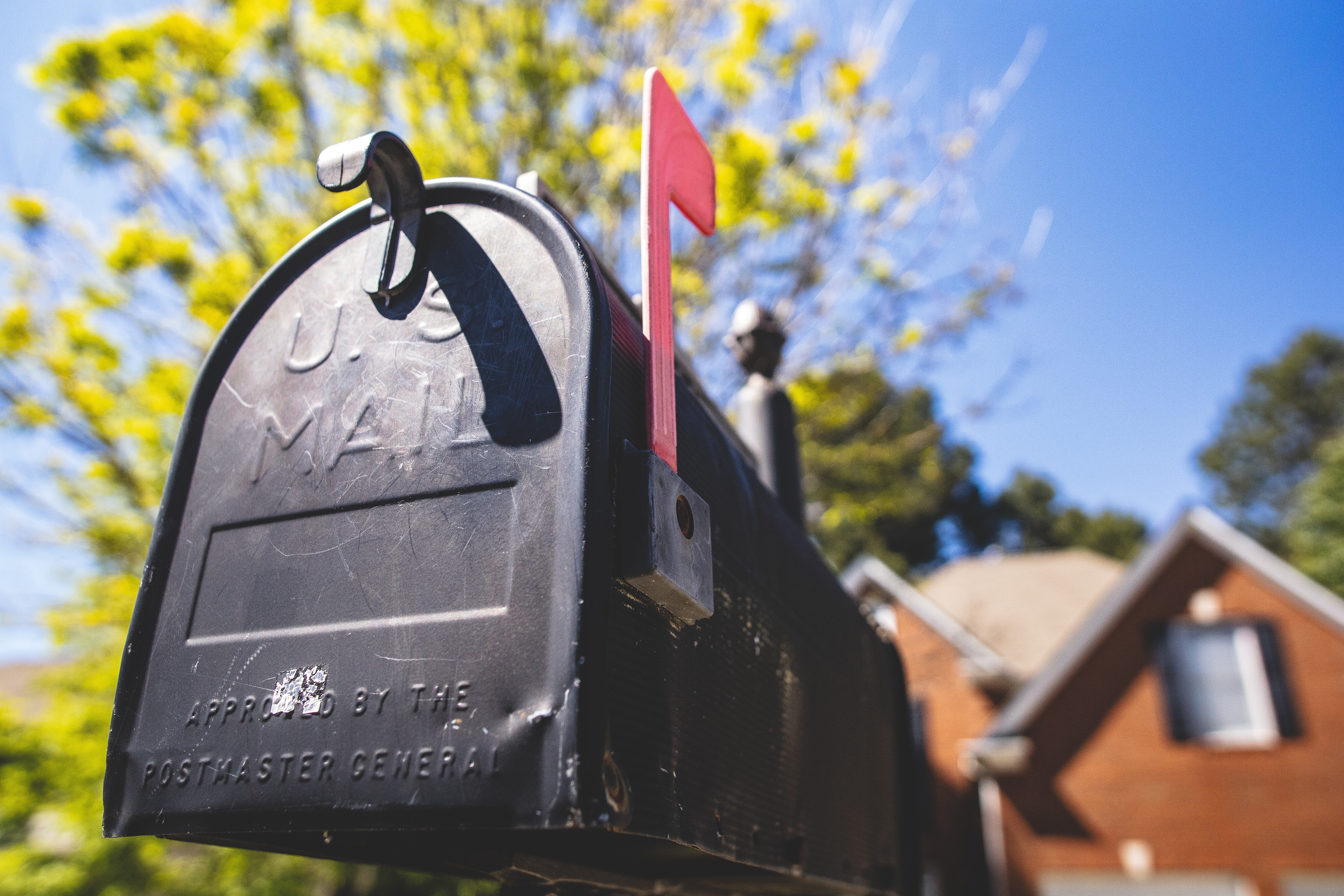In this episode, we talk about Overriding Royalty Interests, also sometimes called Overrides or ORRI’s. We cover everything you need to know about Overrides if you have inherited them, are looking to invest in ORRI’s, or just want to know more.
Using the embedded player above, you can download the episode to your computer or listen to it here! Be sure to also subscribe on iTunes or wherever you get your podcasts and please leave us an honest rating and review. We read every one of them and sincerely appreciate any feedback you have. To ask us a question to be featured on an upcoming episode, please leave a comment below or send an email to feedback@mineralrightspodcast.com.
What is an Overriding Royalty Interest?
- An Overriding Royalty Interest is a type of royalty interest that is carved out of the Working Interest in a property and does not affect the mineral owner.
- These are often used in the industry as a form of payment to geologists, landmen, engineers, or brokers who are involved in putting together an oil and gas prospect.
- It is also sometimes used when selling a lease, the seller may retain an override in the property
- An ORRI is an undivided interest in the proceeds from the sale of oil and gas, similar to a typical oil and gas royalty that a mineral owner receives. Like other royalties, they are not burdened with drilling or operating costs
- A unique element to an Override is that it is limited to a specific tract of land covered by an oil and gas lease and if that lease is allowed to expire, the ORRI expires with it. Since they can expire when the lease is up, they aren’t perpetual in nature like mineral rights so while a mineral owner could lease their minerals again, the Override simply goes away.
Other Payments Carved Out of the Working Interest:
- Also, a notable difference vs. other types of Royalty Interests is the ownership is a percentage of production or production revenue produced by the acreage described in the lease, also that it is free of all costs of drilling and producing.
- There are also other similar forms of non-operated interests such as a production payments which is basically the same concept as an override but the production payment terminates when the specific amount of production or money has been received by the owner of the production payment.
- Another type is a net profits interest which like it sounds pays the owner the net amount based on net production after specific costs have been deducted.
- All 3 types are carved out of the Working Interest (the percentage ownership in an oil and gas lease that grants the owner the right to drill a well), but we are going to focus on Overrides today.
- If you are investing in Overriding royalties, this is potentially a more risky investment and you should value them accordingly. In many cases, if investing in an override it may only make sense to pay based on existing production. In some cases where the lease is solidly held by production (say by vertical well) and there is a lot of horizontal drilling nearby then it may make sense to value based on potential future wells in addition to existing production.
- The scenario where there is only one well holding the lease, if operational issues come up or it is no longer economic to operate, the operator may plug & abandon the well and the ORRI could go away sooner than expected.
- Or, worst case scenario if you sell a lease and retain an override you have no control over the operator’s decisions whether or not to drill a well or to let the lease expire. This is unlike the scenario where the mineral owner can re-lease minerals to someone else if the lease expires.
- That said, some states have protections in place to protect non-operated interest owners from this situation if the operator lets the original lease expire and then leases the same tracts of land from the same lessor just so that it is free and clear of the original overriding royalty interest. To protect yourself from this situation, (sometimes referred to as a “washout”) you might be able to include language in grants or assignment documents to protect you. Saying this for info purposes only…If you get into this situation, consult a qualified attorney in your jurisdiction.
- If you had a relative that worked in the oil & gas industry, you inherited mineral rights, it might be that your relative owned overrides as well
How to Find Out if You Own an Overriding Royalty Interest
- There are basically two ways to do this, 1st to hire a landman to search county records where you have inherited minerals to see if any grants or assignments were made to the person you inherited other property from.
- 2nd is to perform the title search yourself, either in person in the county courthouse or as is the case with many counties, you can often do this online. We cover more about how to perform a title search in episode 10).
- Basically the steps would be to search the county grantor/grantee index for the name of your relative to see if there are Assignment documents that grant them an override. Your relative may be either the grantor, as in the case where they owned the lease and assigned it to someone else but retained an override, or they might show up as the grantee if they received an override as a form of payment for some other type of work.
- Another thing to do is search by legal description. In this case, you may need to look at any leases that might have been taken in the time of your relative to see if there is anything.
How to Interpret an Overriding Royalty Interest
- A caveat here is that since laws vary from state to state, it is best to consult with a qualified attorney to help interpret lease and assignment documents so that you can understand exactly what is covered and how big the override is.
- That said, will cover few scenarios to illustrate the point that overrides are very dependant on language.
- For example, Override may include proportionate reduction language. To describe this means will talk about a mineral lease where language is included to proportionally reduce the landowner royalty interest in the ratio of the mineral interests covered by the lease to the full mineral interest in the covered lands. In other words, if you own ½ of the minerals under a specific tract and have a 1/8th landowner royalty interest, your interest would be reduced to reflect the mineral interest covered by the oil and gas lease or in other words, you would get ½ of 1/8th and could also be further reduced based on the tract factor if the spacing unit for a covered well isn’t 100% on your lands.
- Similar to oil and gas lease, an override can be reduced proportionate to the mineral interest covered by the applicable oil and gas lease.
- In another scenario the override may only be reduced proportionate to the working interest being assigned (if it is not 100%). So even if the lease covers minerals where the lessor owns less than 100% of the minerals under the specified tracts of land (called the “leased premises” in lease), if the language in the assignment document for the override says that “⅛ of 8/8ths Overriding Royalty Interest” is reserved without mentioning anything specific to the covered lands or the lease then the owner of the override would receive an undivided ⅛ of 8/8ths override that isn’t proportionately reduced, even if the covered lessor only owned ½ of the minerals like our earlier scenario.
- So, overriding royalty interests may be interpreted literally so language becomes very important and this is where it is critical to have an attorney review any assignment documents.
- Won’t cover all possibilities but needless to say with mineral leasing, the devil is in the details and there are some important concepts to consider like:
- Language in the lease (e.g. all the things we mention in the oil and gas leasing episode – Episode 6). For example, if the lease only covered oil and gas and other minerals down to but not below a specific formation, any wells would need to be in the covered interval. Any other wells producing from deeper formations might not apply to you.
- Proportionate reduction language in the assignment doc
- What expenses are to be borne by the override?
- What happens to the override if the covered il and gas lease is modified or renewed?
- Are there any drilling obligations other than those already covered by the oil and gas lease?
- How is pooling or unitization covered and does it require consent from the owner of the override?
- When in doubt, get it in writing!
How to tell if the Oil and Gas Lease (and the Override) is Still Active:
- Look for release of oil and gas lease recorded with county, this will tell you definitively that lease has expired.
- In absence of this, look at state oil and gas commission website to identify if there are any producing wells on the leased land.
- Remember, you will need to check what depths and/or formations the producting wells were drilled into if there are any depth restrictions associated with the governing oil and gas lease. It could be that the producing wells are in a different formation and your lease may no longer be active.
Thanks for Listening!
To share your thoughts:
- Leave a comment or question below (we read each one and your question may be featured in a future episode)!
- Ask a question or leave us feedback via email or voicemail: (720) 580-2088.
To help out the show:
Subscribe and leave a review on iTunes or wherever you get your podcasts – we read each one and greatly appreciate it. Plus, you can get a shout out on a future episode!
Thanks again – until next time!




